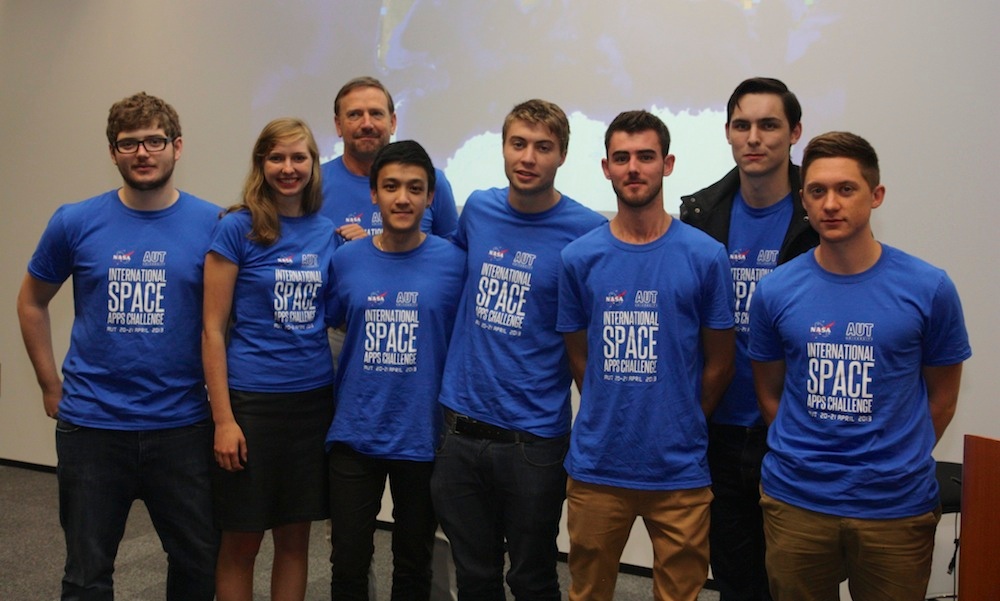| Challenge | ESA 3D Printing Contest |
|---|---|
| Team Project Page | Space Cadets |
| Auckland Placing | #2 |
Placing second in the Auckland judging for the International Space Apps Challenge, was team "Space Cadets".
Their challenge was to produce a 3D printing design, relating to an aspect of an European Space Agency mission.
Project Presentation
Judges Comments
Commentary
The final presentation only shows part of the story, and missed the blood sweat and tears behind the scenes. I spent the weekend jumping around and talking to the teams, so here are some additional comments and thoughts which you may find useful:
- The team had some difficulty reconciling the brief, especially given they didn't feel they were likely to come up with the most intricate 3D model capable of winning the challenge on engineering prowess alone. They were also not very familiar with ESA's space missions.
- So similarly to Team Captain Cook, they tried to play to their strengths around design thinking – and approach the challenge from a more unique angle.
- The team struggled a bit to decide on a solid direction though. For them, 3D printing was useful for solving the unpredictable – and so coming up with a relevant 3D model was difficult ('how do you model the unknown?').
- They also focussed on the human aspects of spaceflight – and trying to let astronauts on a mission, separated from the 'real world', connect in a more tangible way with people back home. They imagined a child of an astronaut scanning and transmitting up their latest classroom creation - e.g. a slightly wonky clay coffee mug. While impractical to drink from in space, fathers on Earth get to see and touch that visual reminder of their child's effort.
- Like others with a relatively broad brief, they too struggled to decide on a firm direction until mid-Sunday. Surprisingly this cost them most in the presentation aspect, rather than the physical modelling. The wheel they produced in the end was quite visually impressive (and quickly turned out), and definitely swayed the judges. However their presentation message was quite hard to extract – and left the judges quite bewildered. I suspect they would have benefited by sticking to one or two points only, and importantly, ensuring one of these related to the wheel they modelled...
- This was the first time I'd seen 3D printing in person, and it definitely is very cool - when 3D printers to end up on the space station, and in classrooms – I can really imagine some very tangible, tactile interactions occurring.

